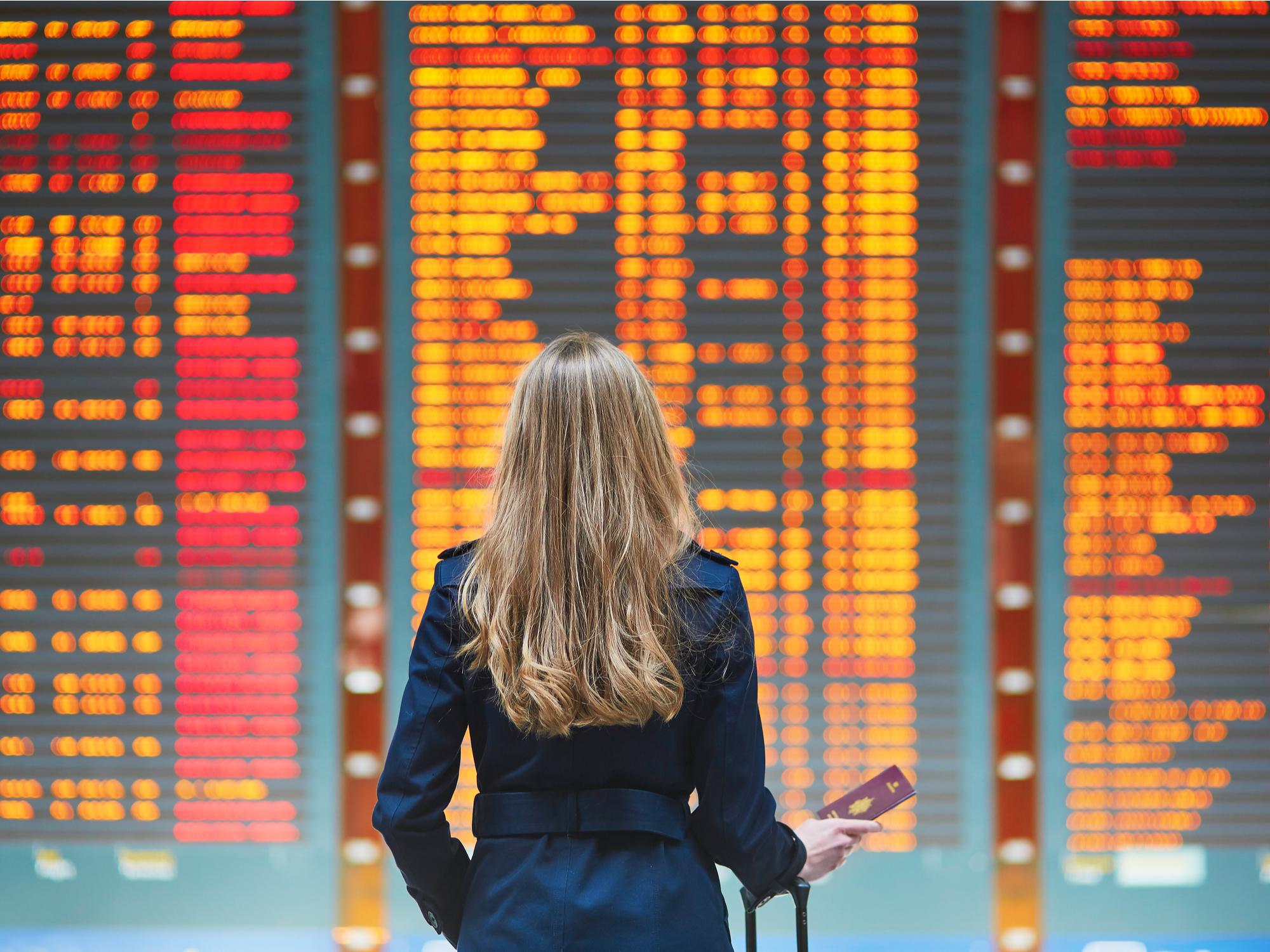
Would you be able to survive an emergency on a plane? Most likely, you’ll never need to. The degree of safety in the airline industry has surpassed all previous records.
The International Air Transport Association reported a jet hull loss rate for its members of 0.22 in 2015, which equates to one accident for every 4.5 million flights.
However, there are things you can do to be more prepared, which will also make flexible flights more enjoyable and increase your chances in the highly improbable case of an emergency.
Dress sensibly
The ideal fabrics to wear on a plane are breathable cotton or wool combinations. Wool has the benefit of being inherently flame retardant, which makes it the preferred material blend for fabric-covered airplane seats all over the world.
If necessary, choose comfortable, quick-moving clothing that also shields your skin from flames and rubbing. Stockings and skirts should be avoided by women. A far better option is to wear jeans and slacks.
You may run in heels all you want, but not from an airplane. You’ll be standing barefoot on a sweltering asphalt when those heels fall off during an evacuation. Your new best buddies in air travel are loafers (or tennis shoes styled like loafers).
You may keep them on while escaping, they are adaptable for dressing up or down, and they make it simple to take off your shoes at security. Flip-flops are inappropriate. When you’re running, you can’t rely on them to stay “flip.”
When traveling by air, avoid wearing shorts. Nobody likes the way an escape slide burn looks on their thighs.
Prepare a run kit
You may be ready for any health and safety requirements by bringing a pandemic travel kit with you on the journey. Bring additional masks, hand sanitizer, and disinfection wipes in case you need to change your mask or sterilize your hands or an area.
The only items that go in a run kit are those that would be extremely difficult for you to replace if you lost them in an emergency: your wallet, passport, cash, credit cards, any medications, a written list of emergency contact information, and maybe a cell phone.
Having a travel wallet in your jacket pocket, a tiny wallet bag worn crossbody, or a fanny pack are the best options for a run gear. Wear your running gear the whole flight, as a habit.
In no way remove it. The likelihood that flight attendants would ever want you to take it off is low because it is tiny and worn on your body. (If they do, it’s probably excessively large and obstructs the use of your seatbelt.)
You can leave everything behind during an evacuation since your run kit already has the essentials. Seriously, leave everything behind.
It’s time to leave if the courteous flight attendants start yelling. Grab your bags right away since, if you’re lucky, you only have 90 seconds to get off an airplane. You don’t want to be the passenger who obstructed others from exiting in time or who, when descending, destroyed the slide with their heaving roller bag.
Watch the safety video carefully
Yes, they might be a little corny, but there’s a reason why airlines are willing to put themselves in danger of being eaten by sharks and themselves to get you to watch their safety movies. The directions are important.
Even though you believe you are familiar with the instructions and have heard them a million times, each plane has different requirements. Exits will be located in different places. The seating arrangement will change. You’ll be traveling with different people.
It’s equally crucial that you “read” the image card in the seat pocket. For the specific aircraft you are flying, it will provide the most pertinent information.
There is a much greater probability that you may experience rough turbulence on a flight than a mechanical problem or other emergency, therefore always keep your seat belt fastened (regardless of what the indicator indicates).
Respect your flight attendants
Imagine the flight attendants as members of the emergency services who give you food and beverages in their free time. The crew members of Cathay Pacific are taught to put their lives in danger to save yours, and they have.
When a flight attendant tells you can’t have another food, beverage, or anything else you genuinely believe you need in the future, simply smile and accept the decision. The airline’s meals and onboard services are not decided by them.
Be aware of your surroundings
While the flight attendants are giving you instructions, you want to prepare your improbable escape. “Note that the nearest exit may be behind you,” the flight attendants will remark.
As soon as you sit down, be aware of your departure alternatives and count the number of seats separating you from the two closest exits. You’ll be able to judge your distance to the escape door more accurately if you have to crawl in the dark or beneath smoke.
Mind your gadgets
Some of us take a lot of electronic gadgets with us when we travel, and although it may seem impossible to travel without your laptop when you’re doing so for business, you can.
The easiest way to get ready is to back up your documents and data up to a different hard drive, the cloud, or both, before you head to the airport. No matter what occurs on your flexible flights, you should travel with the expectation that you will occasionally lose your electronic gadgets and be ready for it.
Additionally, make sure your electrical gadgets are in excellent working order and are powered by manufacturer-approved batteries and chargers. You don’t want a fire to start on the aircraft because of your smartphone, tablet, or laptop.
Conclusion
We will all be able to visit loved ones and travel to new areas more often if we consistently follow COVID-19 safety guidelines. So, get your vaccine and put on your mask.
Leave a Reply